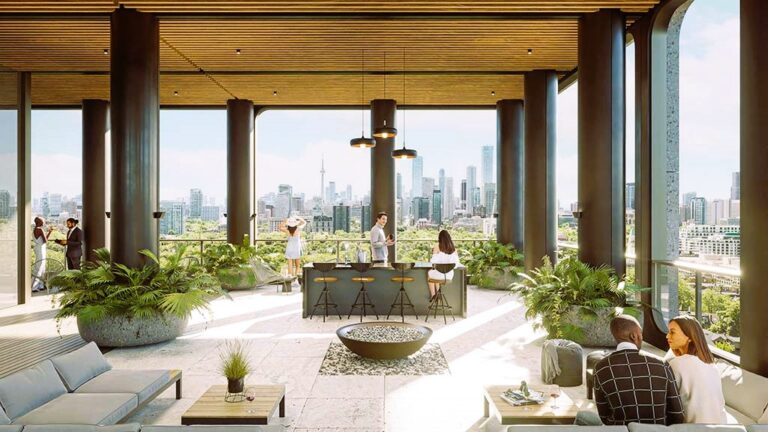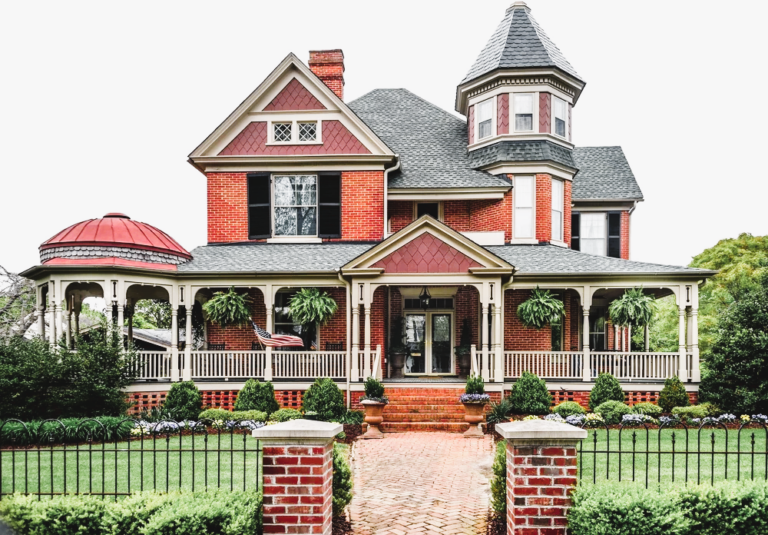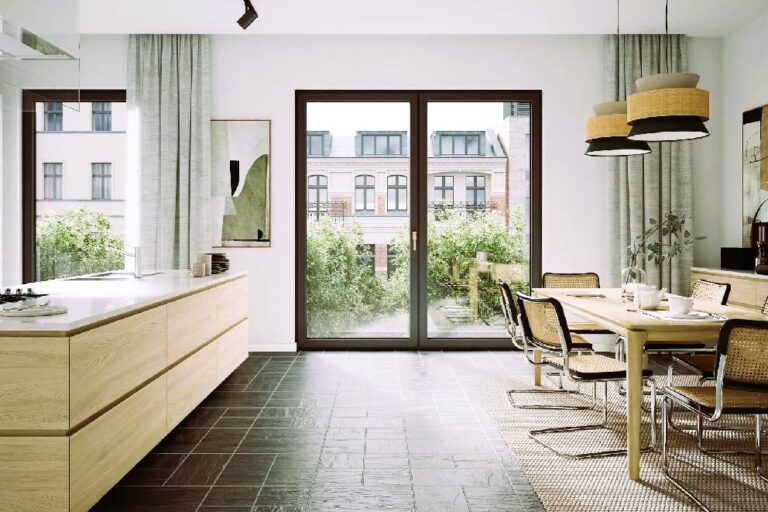Integrating Asian influences into interior design has become a popular trend in recent years, as homeowners seek to create spaces that reflect a harmonious blend of Eastern and Western aesthetics. The rich cultural heritage, unique philosophies, and distinctive design elements of Asian cultures provide a wealth of inspiration for creating serene, balanced, and visually captivating interiors. In this article, we will explore the art of integrating Asian influences into interior design, focusing on the harmonization of East and West.
- Understanding Asian Design Philosophies
Asian interior design is deeply rooted in philosophies such as Feng Shui, Zen Buddhism, and the concept of balance and harmony. Understanding these principles is crucial when incorporating Asian influences into Western interiors. Feng Shui principles, for example, emphasize the flow of energy (chi) and the importance of arranging furniture and decor in a way that promotes positive energy and balance. Zen Buddhism, on the other hand, emphasizes simplicity, mindfulness, and a connection with nature. These philosophies can guide the overall design approach and inform material choices, color schemes, and layout decisions.
- Creating a Sense of Serenity
Asian-inspired interiors often prioritize creating a sense of serenity and tranquility. To achieve this, it’s essential to establish a balanced and uncluttered space. Minimalism plays a significant role in Asian design, with a focus on clean lines, open spaces, and the absence of unnecessary ornamentation. Select furniture and decor pieces that evoke a sense of calmness and simplicity, such as low-profile seating, Japanese-inspired platform beds, and natural materials like bamboo, rice paper, and wood.
- Natural Elements and Organic Forms
Nature holds a special place in Asian design. Integrating natural elements and organic forms into the space can help establish a connection with the outdoors and create a soothing atmosphere. Consider incorporating indoor plants, bonsai trees, or bamboo accents to bring a touch of greenery and symbolize vitality. Water features, such as fountains or miniature Zen gardens, can also add a sense of tranquility and mimic the peaceful sounds of nature. Design of small spaces, how to do everything right and beautiful, more here.
- Embracing Asian Materials and Textures
Asian design is known for its use of authentic materials and textures. Incorporate materials like silk, rattan, tatami mats, and shoji screens to infuse the space with an authentic Asian aesthetic. These materials not only add visual interest but also provide a tactile experience that contributes to the overall sensory appeal of the interior.
- Symbolism and Artistic Details

Asian cultures are rich in symbolism, and incorporating meaningful elements can enhance the design narrative. Choose decor items, artwork, and textiles that feature traditional Asian motifs, calligraphy, or symbolic representations. These elements not only add visual interest but also serve as conversation starters and imbue the space with cultural depth.
- Balancing Color and Light
Color plays a crucial role in Asian-inspired interiors. While neutral and earthy tones provide a serene backdrop, bold accents of red, gold, or deep blues can be used sparingly to add drama and vitality. Achieving the right balance is key to creating a harmonious atmosphere. Lighting is equally important, and natural light is highly valued in Asian design. Optimize natural light by using sheer curtains or blinds that allow sunlight to filter through. Soft, warm lighting can be incorporated to create a cozy and inviting ambiance.
- Achieving Cultural Sensitivity
When integrating Asian influences into interior design, it’s essential to approach the process with cultural sensitivity and respect. Research and understand the cultural significance behind certain design elements, symbols, or traditions to ensure their appropriate and respectful incorporation into the space.
For more information on integrating Asian influences into interior design, you can visit the following sources:
- Wikipedia – Asian Decorative Arts




